Supporting education remains a core value for Ultimaker from the earliest days of the company. Not only does Ultimaker develop hardware, software, and materials to meet the needs of a diverse and growing worldwide education community, but we also take the additional steps to provide this community with extensive online teaching and training resources, an education-focused blog series, and participation in real-world activities like Construct3D.

Recap: Construct3D 2018, Georgia Tech, Atlanta, Georgia
Earlier this month, Ultimaker participated in the second edition of the Construct3D academic 3D Printing and Digital Fabrication conference. Over 250 educators, students, and industry allies converged upon Georgia Tech's campus and conference hotel in Atlanta, Georgia, October 5-8, to attend presentations, keynotes, technical workshops, panels, an expo hall, industry demos, poster sessions, and other networking opportunities. The goal: to continue to raise the level of discourse surrounding education and 3D printing in academia within K12, Higher Ed, and Informal Ed, building upon the achievements of the 2017 conference.
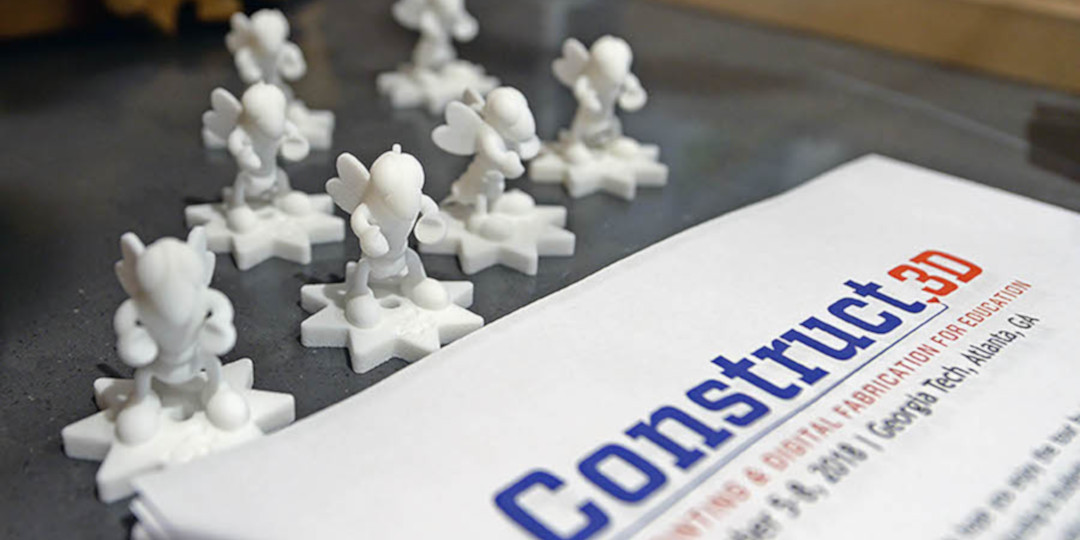
Ultimaker continues its role as a co-founding Construct3D sponsor for the second year, along with Autodesk, Duke OIT, and Shopbot, and also contributes significant staff time and resources to help make Construct3D possible for the educators it serves.
Day One
The conference weekend began on Friday with seven different academic and industry-led workshops, along with chances to tour the Georgia Tech Invention Studio, The Materials Innovation & Learning Lab, and TI Makerspace within the Interdisciplinary Design Commons. The workshops offered educators in-depth professional CAD training sessions and an introduction to the use of Drones in academic contexts.
An evening kickoff event featured the first Keynote Speaker, artist and mathematician George Hart, filling the auditorium at the Georgia Tech Manufacturing Institute.
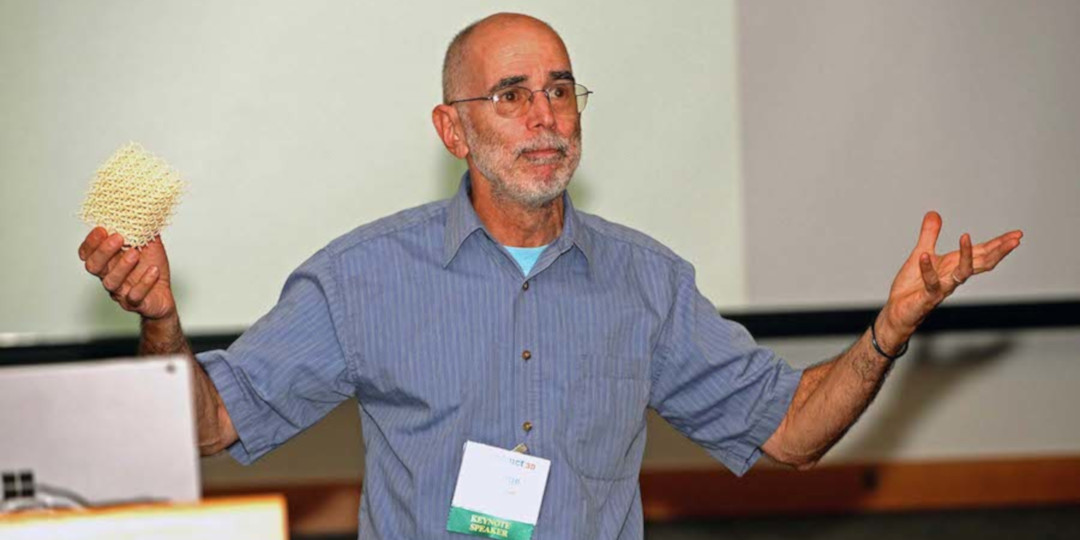
George Hart is an interdisciplinary sculptor, mathematician, computer scientist, and educator. A former research professor at Stony Brook University, Hart is a pioneer in using computer technology and 3D printing in the design and fabrication of sculpture. Examples of his artwork can be seen at M.I.T., U.C. Berkeley, Duke University, Princeton University, and Stony Brook University.
As many who attended his presentation might testify, Hart is a passionate and powerful force for evangelizing the beauty and wonder of mathematics. He has inspired generations of students and learners to shed their apprehensions and prejudices at the door and step across the threshold into the vast chamber of this universal science.
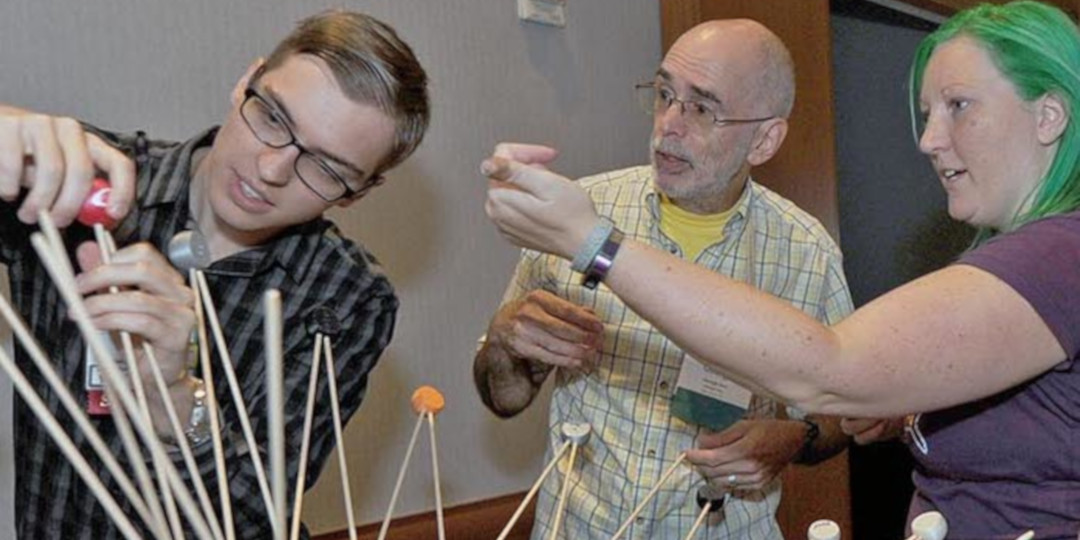
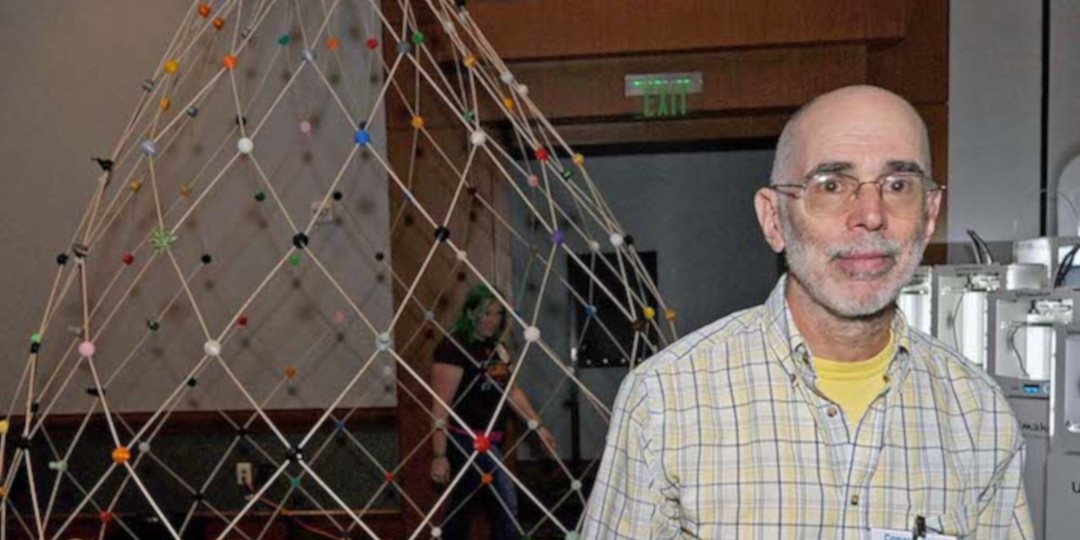
Hart also introduced the Zonodome community artwork. The Zonodome was made possible by a collaboration with WeTheBuilders.com, who provided the platform our community used to crowdprint the 300+ parts produced for Hart's Zonodome geodesic structure. Over the course of Day Two, attendees joined Hart, boxes full of 3D printed parts, and a bushel of dowel rods in the Expo hall, where they put together the structure.
Day Two
The academic conference programming began in earnest early Saturday morning with the second Keynote session, presented by Jessica Rosenkrantz and Jesse Louis-Rosenberg of Nervous System. Nervous System is a generative design studio in Somerville, Mass, that works at the intersection of science, art, and technology. Writing computer programs based on processes and patterns found in nature, the studio creates unique and affordable art, jewelry, and housewares.
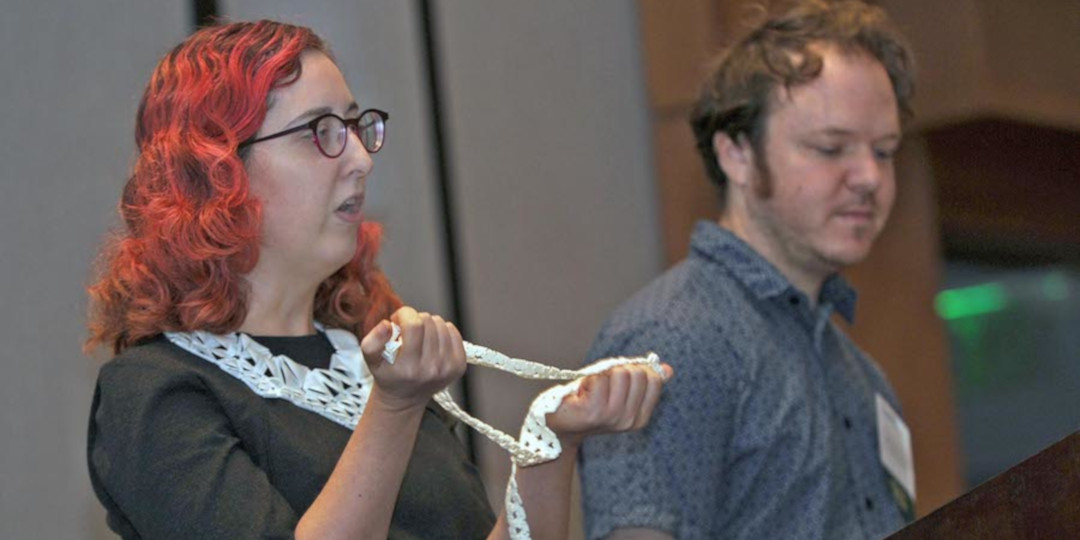
A few of their projects, such as their Hyphae lamps and naturally-draping Kinematics Dress 3D printed garments pop up so frequently in articles about the future of design that they are often used as totems, synonymous with the rise in interest, from designers and audiences alike, with techniques that permit them to create in collaboration with nature and other complex and elegant natural systems. They have done much to raise interest in, and understanding of, the principles of generative design.
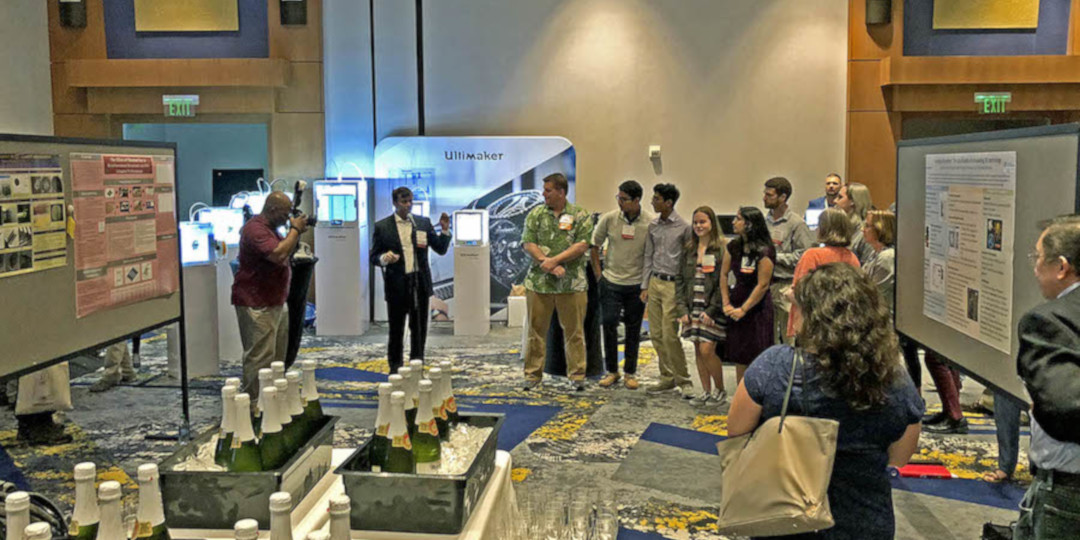
Day Two was also the launch of the conference Expo Hall, which featured booths and technical demos contributed from the sponsors and exhibitors that made Construct3D 2018 possible. See the conference site for the full list of the 2018 sponsors and exhibitors.
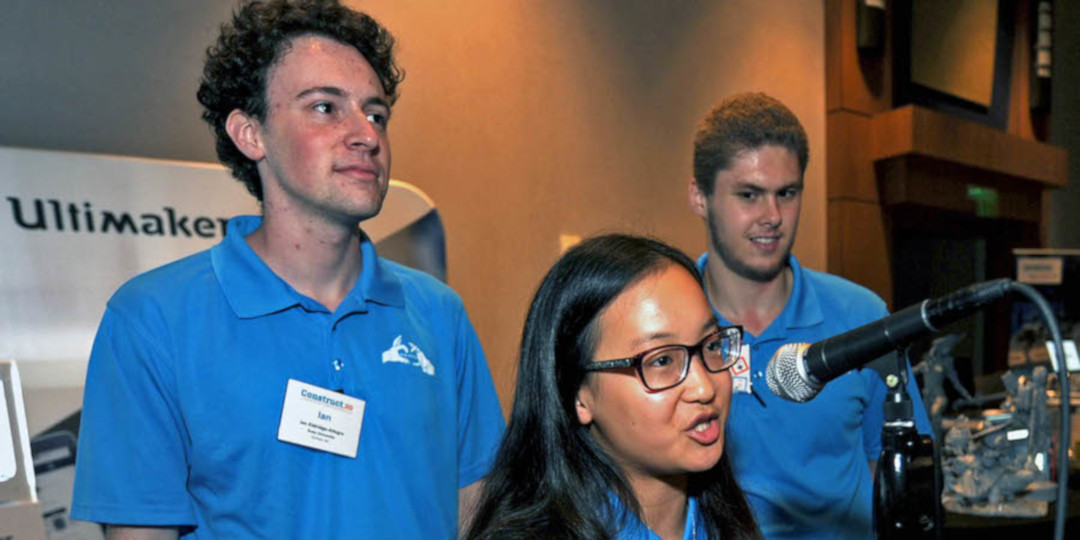
Ultimaker was among these vendors included, contributing a number of Ultimaker printers for the use of the conference presenters as well as introducing the Ultimaker S5 to many educators and educational institutions for the first time. Clemson professor Insun Kwon returned for the second year to display his intricate designs at the Ultimaker booth, sharing details and techniques he has developed for fabricating his challenging, high-resolution digitally sculpted models using affordable desktop 3D printing technologies, and this time bring work from several of his promising students, executing in a similar fashion using Ultimaker printers.
2018 Conference program
After the conference, we created a tally of the broad topics covered by the programming this year. Here is an overview of the 2018 Construct3D conference topics:
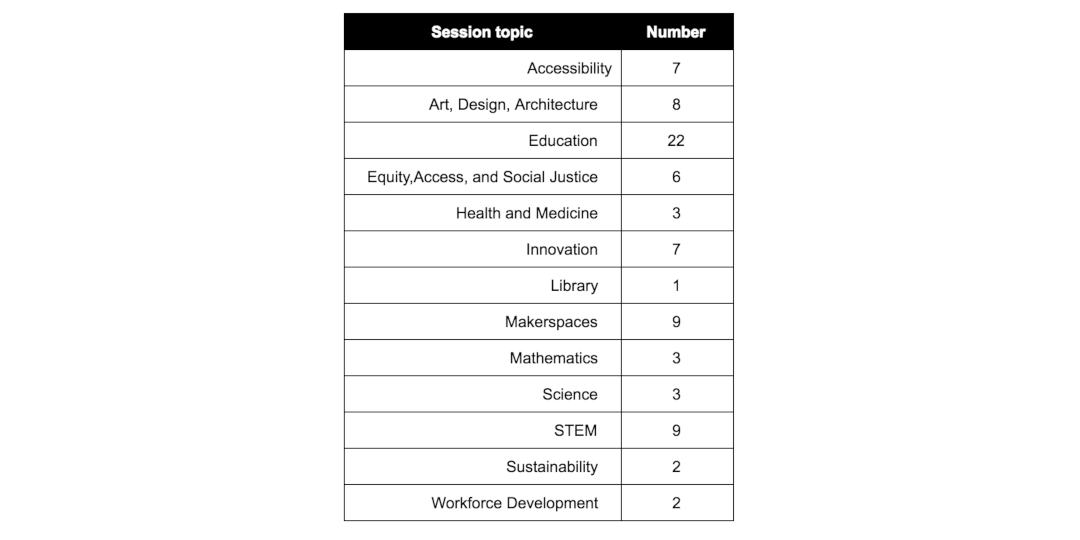
The academic sessions for the conference each year are reviewed and accepted by the programming committees for Higher Ed, K12, and Informal Education. "Thanks to a large number of submissions this year we were able to be more selective," says conference programming chair Lizabeth Arum. "As a result, the quality of the programming across the board was even stronger than last year." Amit Jariwala, Director of Design & Innovation in the School of Mechanical Engineering at Georgia Tech, and this year's conference co-host, also praised the strength and diversity of the programming, saying: "We, at Georgia Tech, were very excited to have such a wide spectrum of passionate educators and makers attend the campus for the conference's second year."
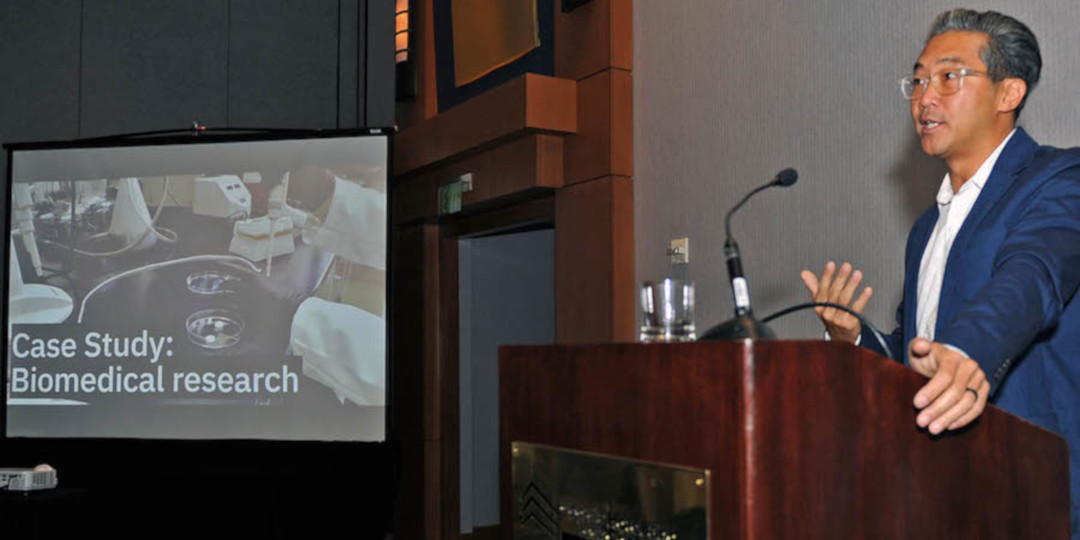
Over 86 academic sessions, workshops, panels, and networking activities filled the weekend to the brim. In addition to the excellent programming contributed from K12, Informal, and Higher Education from around the country, this year's conference also included the following ten Featured Speakers:
Deanne Bell (Future Engineers) - "Houston, We Have a 3D Print in Space"
Andres Gonzalez (McNeel) "SudoHopper3D"
Tom Gray ( Make48 ) - "100k Garages"
Amy Hurst (UMBC) - "Making 'Making' Accessible"
Grace Jun (Parsons) - "Style for All: Designing Fashion Tech for Disability"
Bon Ku (JeffDESIGN) - "Using Design Thinking to Create the Doctor of the Future"
Wayne Li (Georgia Institute of Technology) - "Incorporating Design Thinking into Curriculum"
H. Jerry Qi (Georgia Institute of Technology) - "4D Printing: Making Additive Manufacturing Alive"
Henry Segerman (Oklahoma State University) - "Visualizing Mathematics with 3D Printing"
Christopher Williams (Virginia Tech) - "Design for Additive Manufacturing Education: The Power of Informal Learning Experiences"
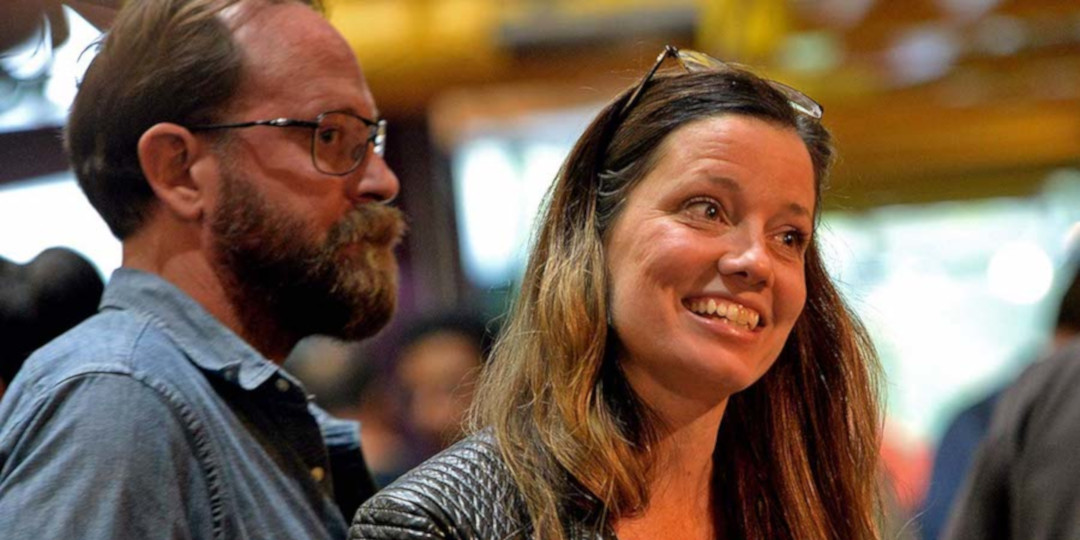
Day Three
Day Three began with the third and final Keynote presentation: Larry Rosenstock, CEO and founding principal of High Tech High and President of High Tech High Graduate School of Education. From the introduction given by steering committee member Tamara Pearson: "I see Larry as one of the great educational innovators of our time, challenging all of us to change the way we think about children and school. And he has given us the roadmap for doing it, by creating environments where the needs of the children come first. Where children are treated with respect, like human beings."
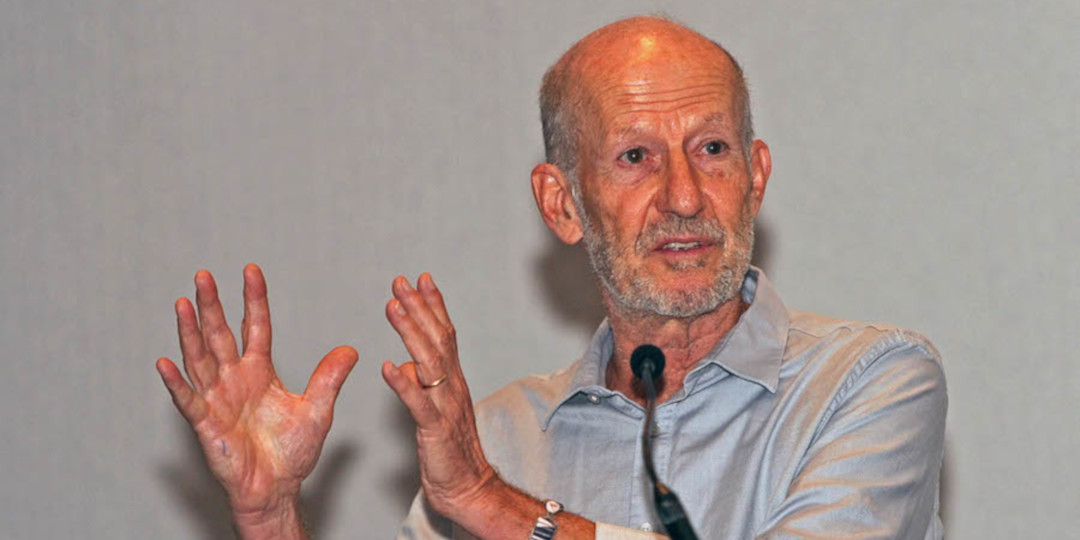
Conference sessions continued on Sunday, including a series of panels tacking tough topics such as new approaches to explore workforce development, social equity in Makerspaces, and two focusing on high school digital fabrication in PBL environments and 3D printing and CAD in robotics. Autodesk's Guillermo Melatoni shared a sneak peek into the future roadmap for Tinkercad and Fusion 360 for educators. Activities culminated in a conference wrap up session that celebrated attendees, exhibitors, sponsors, and allies, and introduced some possibilities for next year's conference.
Later that evening, the conference threw a pizza party to invite attendees staying for the workshops on Monday to participate in the 0 Things hackathon orchestrated by conference attendee Josh Ajima. As shared in the 0 Things Community Project page, Ajima challenged the audience to view each empty search for online 3D models as an opportunity, and use the power of 0 Things as inspiration to create powerful, engaging designs and projects.
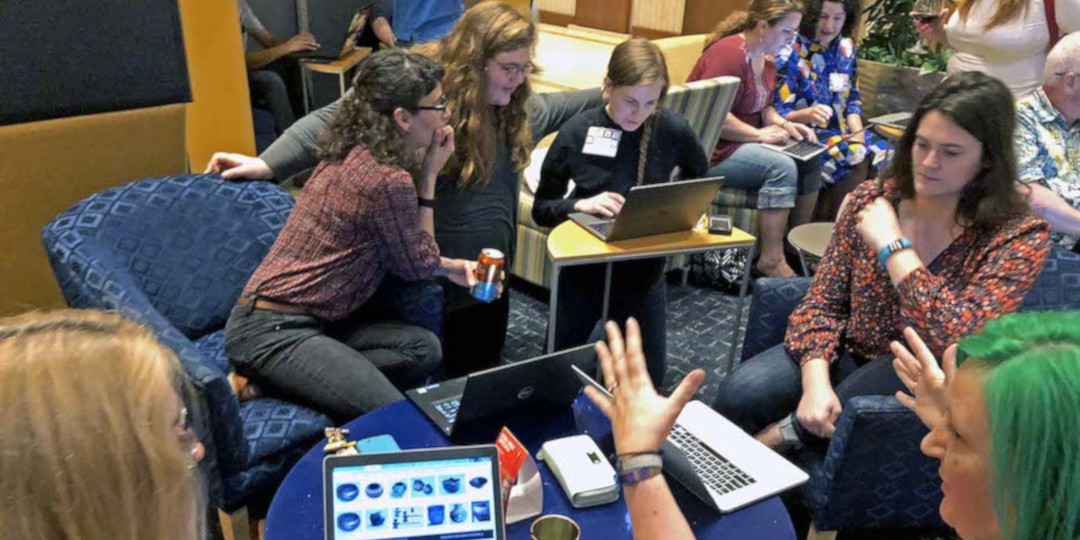
"Educators should use the omissions in the popular model repositories to encourage students to research, design, and share new 3D models to fill the missing content areas, and to promote social justice and equality," Ajima said. "The best 0 Things projects are the ones that you most care about and feel passionate about. Students are strongly impacted by things relating to identity, heritage, culture, and interests. As educators, we are most aware of 0 Things in our content area." Quite a few conference attendees joined the 0 Things activity, flooding the lobby and lounge area of the Georgia Tech Hotel with passionate educators, working in groups to add new models and objects to our collective shared resources.
Day Four
Monday had the largest number of technical workshops and training sessions, boasting not only in-depth intermediate CAD sessions, but also hands-on with molding and casting, and an advanced co-polyester discussion with a Technology Fellow from the Eastman Chemical Company. As Steering Committee member Laura Taalman pointed out, "The Construct3D workshops offer professional development opportunities that aren’t available anywhere else, including extensive training on using design software packages like Fusion 360, Mathematica, and Rhino/Grasshopper."
We look forward to seeing you next year!
At the end of each conference, the steering committee also reviews the pertinent data regarding the conference attendees and topics. We have just a few snapshots of the data collected so far, with more to explore as attendee testimonials and feedback rolls in.
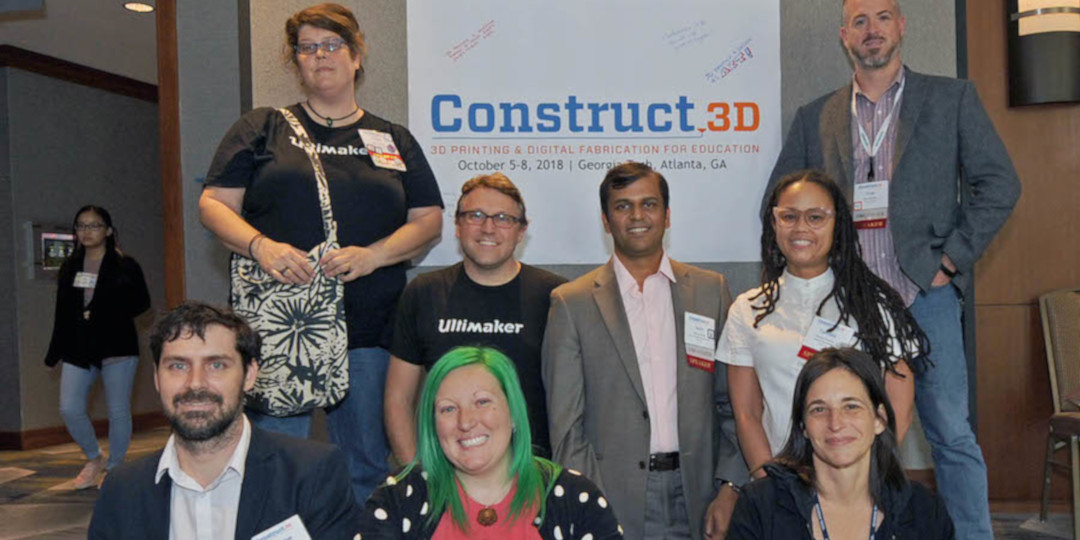
One of the goals of the conference is to ensure that there is participation across the board from the three educator communities we serve: K12, Informal, and Higher Education. We are really excited that we were able to maintain and even slightly increase the high level of participation and contribution from the previous year. Another one of our goals for the 2018 edition of the conference was to increase student attendees and student speakers with strong participation from students in particular within the Poster Sessions component of the event activity.
Here are some highlights of the testimonials we have received so far:
“Construct3D is an amazing conference like no other that I have been to in my career as an educator. I have been so happy to have been chosen to present and attend it for the past two years. I have had the chance to network with leading educators, researchers, and many others in several different fields of study. From K-12 educators incorporating 3D printing and fabricating into their curriculums, to universities, companies, and individuals in the field of design, art, medicine, and industry who use additive manufacturing in their work, it is all represented at Construct3D. It literally is life changing for an attendee. I highly recommend it for anyone who wants to attend a cutting-edge conference with such great locations such as Duke University and Georgia Tech. It is a wonderful event that should not be passed up.” — Christopher Sweeney, Charter High School for Architecture and Design
"Construct3D was brilliant, and my mind is blown; I returned to work absolutely invigorated. I was able to learn from and collaborate with intelligent, inspiring and interesting people. I am excited to have discovered the conference (thanks to a colleague who attended an ALA conference) and am planning to attend as many future events as possible. I look forward to implementing what I learned in my makerspace and continuing to develop my personal goals." — Ashley Gonzales, William & Mary Libraries
"Thanks again for organizing a wonderful conference. I am still getting lots of positive email feedback from attendees. Several plan to make their own Zonodome." — George Hart, mathematician & artist, Construct3D 2018 Keynote
If you attended and would like to share your 2018 event conference experiences to add them to those we collected last year, please email them to: [email protected]
Thank you to all of the 2018 Construct3D steering committee members, as well as all of the exhibitors, sponsors, speakers, and attendees for making the 2018 edition special. See you all at Construct3D 2019!






















